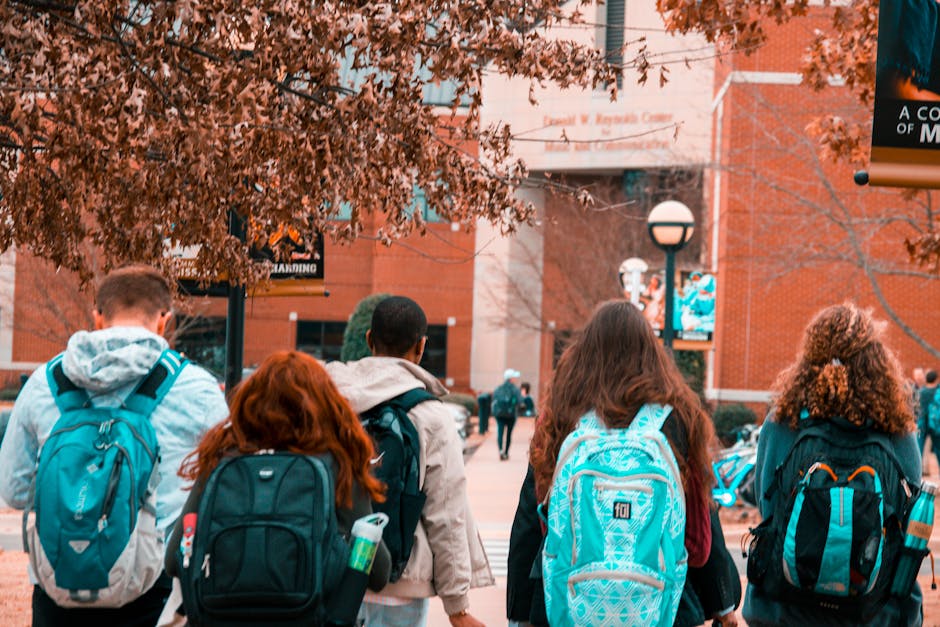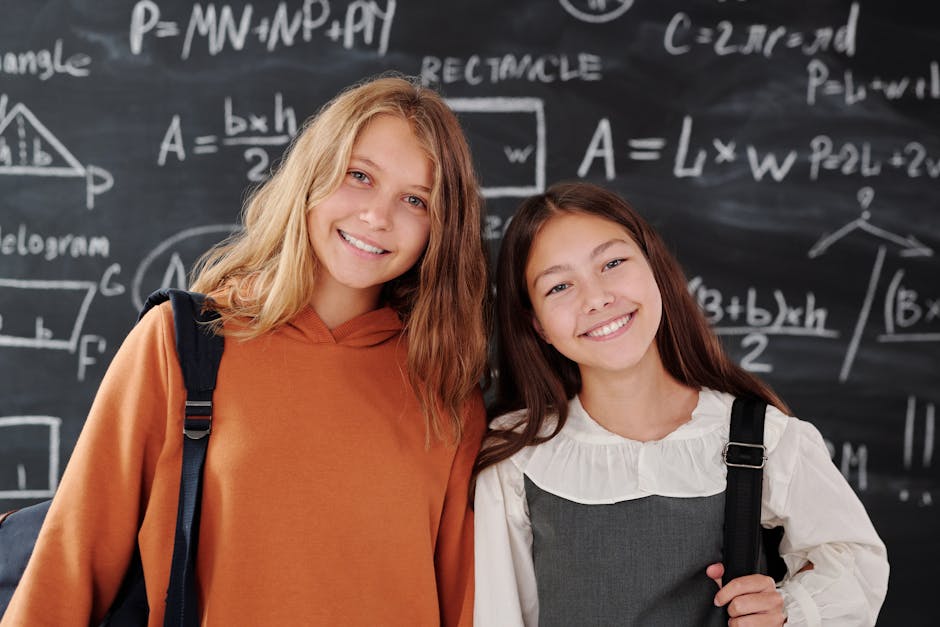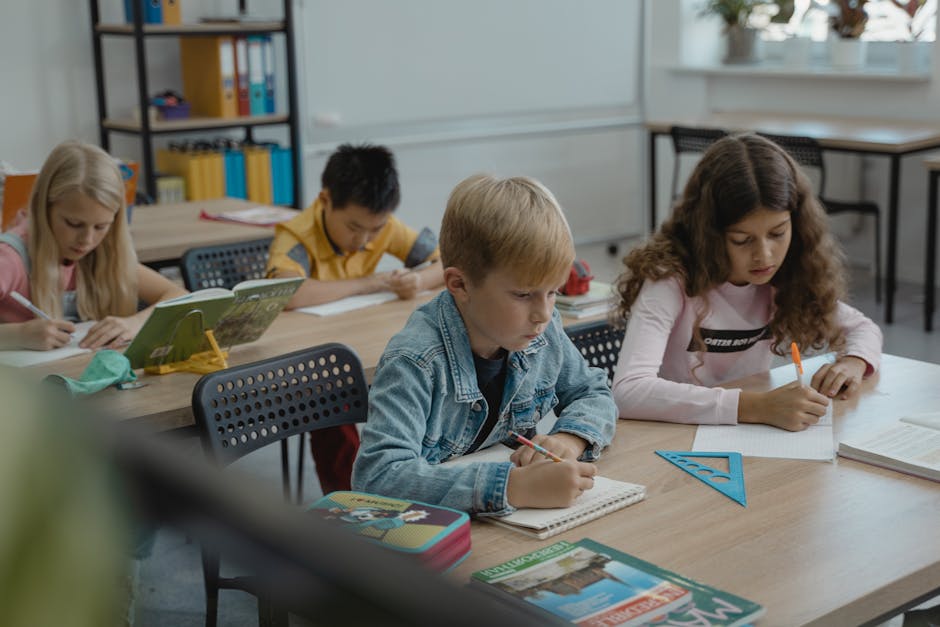The Rise of Peer-to-Peer Learning
In today’s rapidly evolving world, traditional forms of education are being complemented, and in some cases, even replaced by innovative methods of learning. One such method that has been gaining traction in recent years is peer-to-peer learning. This approach to education leverages the power of collaboration, communication, and shared knowledge among peers to enhance the learning experience. In this article, we will delve into the various aspects of peer-to-peer learning, exploring its history, current applications, benefits, challenges, and future implications.
The Evolution of Peer-to-Peer Learning

By Stanley Morales via Pexels
Peer-to-peer learning is not a new concept; in fact, it has been around for centuries in various forms. Historically, individuals have always learned from one another through informal interactions, mentoring, apprenticeships, and group study sessions. However, with the advent of technology and the internet, peer-to-peer learning has taken on a new dimension. Platforms like Coursera, Khan Academy, and Duolingo have revolutionized the way we access and share knowledge, allowing individuals from across the globe to connect and learn from each other.
One of the key drivers of the rise of peer-to-peer learning is the democratization of education. Gone are the days when learning was confined to the walls of a classroom or the pages of a textbook. Today, anyone with an internet connection can access a wealth of information and resources online, enabling self-directed and peer-led learning experiences. This shift towards a more collaborative and interactive learning model has sparked a renewed interest in peer-to-peer learning as a viable alternative to traditional education.
The Benefits of Peer-to-Peer Learning

By Keira Burton via Pexels
Peer-to-peer learning offers a host of benefits that make it a compelling choice for both learners and educators. One of the primary advantages of this approach is the opportunity for personalized and adaptive learning experiences. By interacting with peers who have different learning styles, backgrounds, and perspectives, individuals can tailor their learning journey to suit their unique needs and preferences.
Furthermore, peer-to-peer learning fosters a sense of community and collaboration among learners. By working together towards a common goal, individuals develop important social and emotional skills such as communication, teamwork, and empathy. This collaborative environment not only enhances the learning process but also creates a support network that can motivate and inspire learners to achieve their goals.
Another key benefit of peer-to-peer learning is the diversity of knowledge and expertise that it brings to the table. Unlike traditional classroom settings where knowledge is often disseminated by a single instructor, peer-to-peer learning allows for the exchange of ideas, experiences, and insights from a wide range of sources. This diversity of perspectives enriches the learning experience and encourages critical thinking and creativity.
Real-World Applications of Peer-to-Peer Learning

By Max Fischer via Pexels
The rise of peer-to-peer learning has led to the emergence of various platforms and initiatives that facilitate collaborative learning experiences. One notable example is the Massive Open Online Courses (MOOCs) movement, which has gained popularity in recent years. MOOCs offer free or low-cost online courses taught by experts in their respective fields, allowing learners to access high-quality education from the comfort of their homes.
Another example of peer-to-peer learning in action is the phenomenon of online forums and communities dedicated to specific topics or interests. Platforms like Reddit, Quora, and Stack Overflow have become virtual hubs for knowledge sharing and peer support, where users can ask questions, seek advice, and engage in discussions with like-minded individuals.
In the corporate world, peer-to-peer learning is also gaining traction as organizations recognize the value of collaborative learning in the workplace. Employee training programs that incorporate peer-to-peer interactions have been shown to improve knowledge retention, job satisfaction, and overall performance. By encouraging employees to share their expertise and learn from one another, companies can foster a culture of continuous learning and development.
Challenges and Controversies

By Tima Miroshnichenko via Pexels
While peer-to-peer learning offers numerous benefits, it is not without its challenges and controversies. One of the main concerns surrounding this approach is the issue of quality control. With the proliferation of online resources and platforms, it can be difficult to discern credible and reliable sources of information from misinformation and pseudoscience. This lack of quality assurance poses a significant risk to learners who may inadvertently be exposed to inaccurate or misleading content.
Another challenge of peer-to-peer learning is the potential for information overload. In an age where information is abundant and easily accessible, learners may struggle to filter through the vast amount of content available to them. This can lead to cognitive overload, decision fatigue, and ultimately, a sense of overwhelm that hinders the learning process.
Additionally, the informal nature of peer-to-peer learning can sometimes lead to issues of credibility and authority. Without the oversight of a qualified instructor or institution, there is a risk that misinformation, bias, or personal opinions may influence the learning experience. This lack of accountability can undermine the credibility of the information being shared and may lead to confusion or misunderstandings among learners.
The Future of Peer-to-Peer Learning
Despite these challenges, the future of peer-to-peer learning looks promising. As technology continues to advance and connectivity becomes more widespread, the opportunities for collaborative learning will only increase. Innovations such as virtual reality, artificial intelligence, and social learning platforms are reshaping the way we engage with information and interact with one another.
One exciting development in the field of peer-to-peer learning is the rise of peer-to-peer marketplaces for skills and knowledge exchange. Platforms like Skillshare, Udemy, and Airbnb Experiences enable individuals to monetize their expertise by teaching others new skills or sharing their passions and interests. This peer-to-peer economy is democratizing education and empowering individuals to take control of their learning journey.
Furthermore, the shift towards lifelong learning and continuous professional development is driving the demand for peer-to-peer learning in the workplace. Employers are recognizing the value of upskilling and reskilling their workforce to stay competitive in a rapidly changing economy. Peer-to-peer learning offers a cost-effective and flexible solution for companies to invest in their employees’ growth and development.
Conclusion
In conclusion, peer-to-peer learning represents a paradigm shift in the way we acquire knowledge and skills. By harnessing the collective wisdom and expertise of our peers, we can create dynamic and engaging learning experiences that empower individuals to reach their full potential. As we navigate the complexities of the digital age, peer-to-peer learning offers a beacon of hope for lifelong learners seeking to expand their horizons and connect with others on a deeper level.
Whether you’re a student, a professional, or simply a curious individual, embracing peer-to-peer learning can open doors to new opportunities and insights that traditional education alone cannot provide. So, why wait? Join the peer-to-peer learning revolution today and embark on a journey of discovery and growth like never before.




